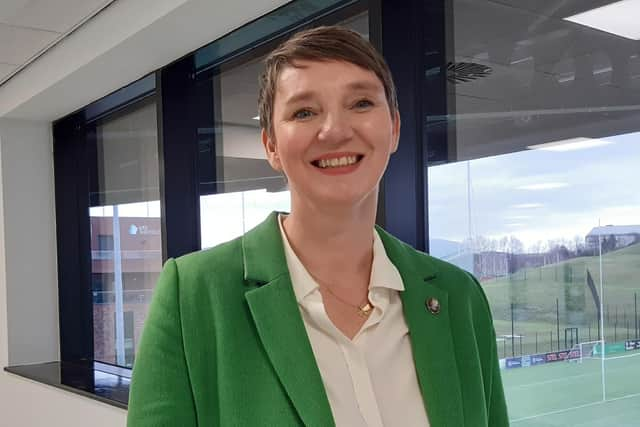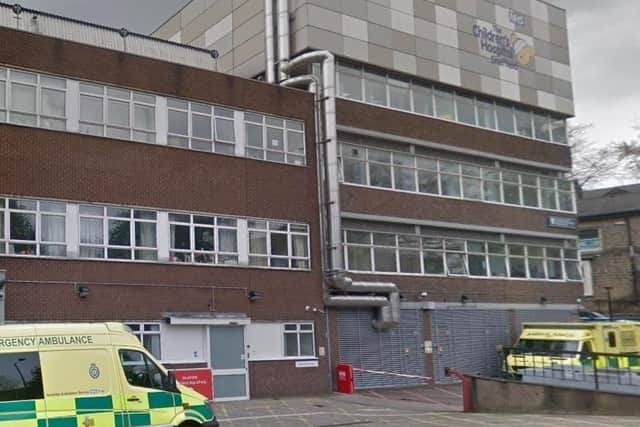Sheffield Children’s Hospital acting to improve patient safety and cut waiting lists
and live on Freeview channel 276
The hospital NHS foundation trust has put both priorities top of its action list in a report being discussed by Sheffield City Council’s health scrutiny sub-committee this Thursday (June 1).
Chief executive Ruth Brown said: “After two years of disruption from the Covid-19 pandemic, 2022/23 has been a year when we have looked to return, renew and refresh our services to pre-pandemic levels using the CQC’s (Care Quality Commission’s) framework of safe, effective and responsive care whilst also recognising we face significant challenges including increasing acuity of patients, significant disruption from industrial dispute and the need for tighter financial management.”
Advertisement
Hide AdAdvertisement
Hide AdThe patient safety strategy, which is part of similar moves across the NHS, will help to empower patients and families to be involved in their own care, says the report.


It will also look at investigations into serious incidents and patient safety incidents “which reveal families have felt unheard and demonstrate the safety improvements we are making to strengthen the ability for them to be heard and to feel listened to”.
Patient safety should focus on “understanding how incidents happen, rather than focusing solely on human factors which naturally facilitates the perception of the apportioning of blame,” said the report.
This will allow for more effective learning and improvement when problems occur.


Elective – non-emergency – waiting times have already been cut following the pandemic and now the focus is on patients who have been left waiting more than 78 weeks for treatment.
Advertisement
Hide AdAdvertisement
Hide AdThe trust says that its plan to reduce that figure to 65 weeks for physical treatments includes “creating more capacity, changing our clinical pathways, and engaging with other health and social care partners”.
Child and Adolescent Mental Health Services (CAMHS) waiting lists will be kept under constant review, which should ensure that high-risk patients receive a review within two weeks of referral.
The trust is also working to reduce waiting times for non-consultant services including include physiotherapy, occupational therapy, speech and language therapy, psychology and neurodiversity services and aims to support patients whilst they wait for care.
Any risk of harm for patients on waiting lists is being assessed by a harm review panel, in order to prioritise more urgent cases.
Advertisement
Hide AdAdvertisement
Hide Ad‘Brilliant place’
Work is also taking place to ensure families and clinicians are well prepared for their outpatient appointments and procedures in order to maximise their effectiveness.
The trust also says it will communicate with patients whilst they wait and engage them in preparing for their treatment. This includes co-producing information and clinical advice with input from patients and families in order to help overcome inequalities and make the information easier to understand.
The report says: “We can be a brilliant place to work when colleagues are enabled to fully participate and are free to involve children and young people and families in their services.”
It adds: “We will reach out to existing partner, voluntary, faith and community groups, to work in partnership to most effectively reach out to communities that experience health inequalities focusing on those seldom heard voices so that we are attentive to their needs and are able to improve services with a particular focus on communities that experience health inequalities.
“We will continue to develop our Youth Forum to represent the diverse range of communities we serve and establish new routes to have two-way conversations around ‘what matters’ to children and young people.”